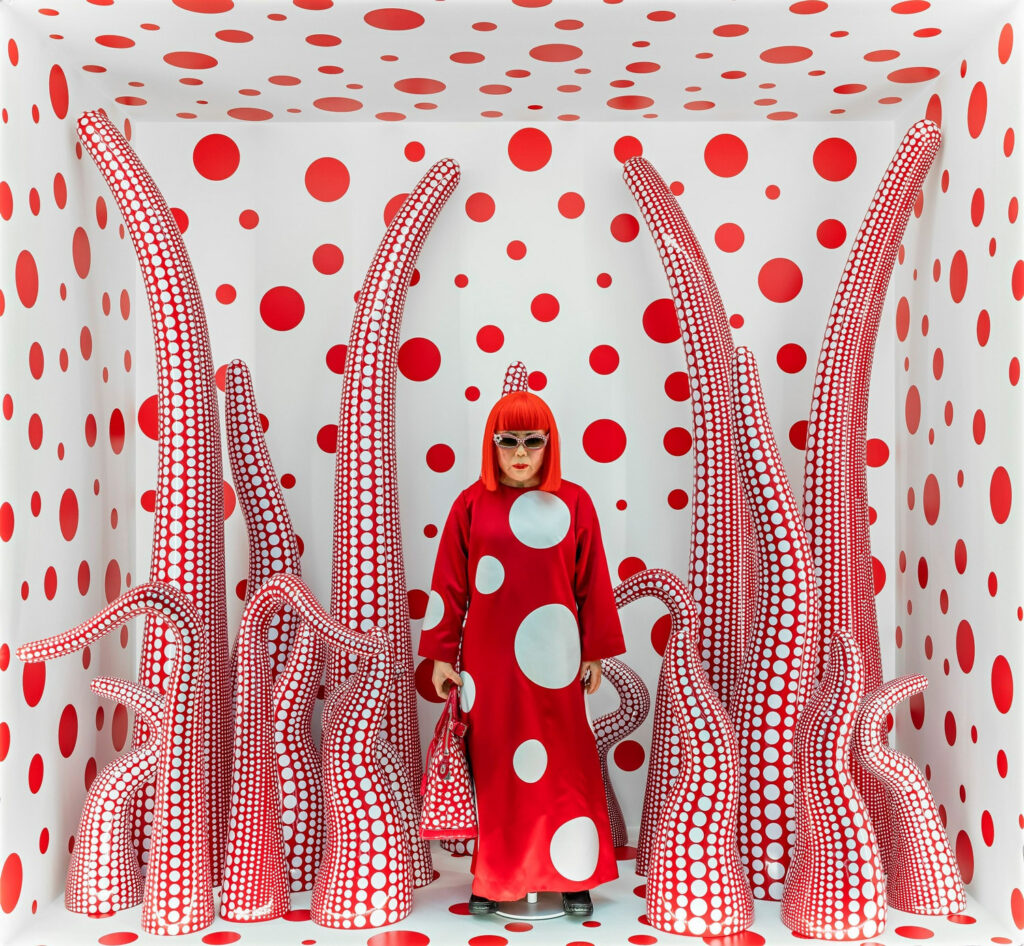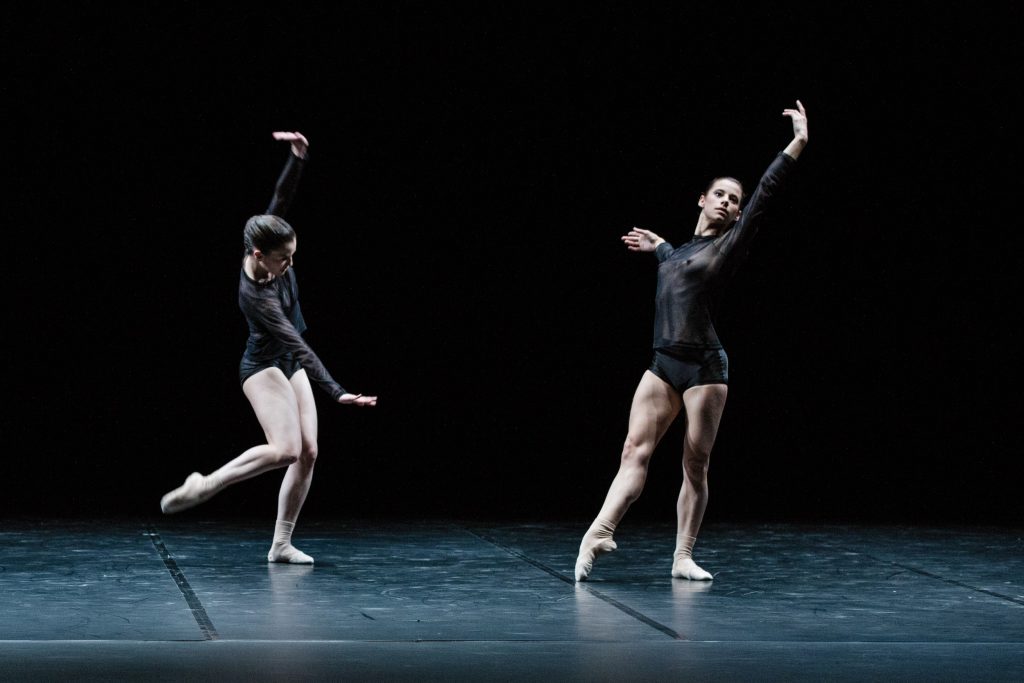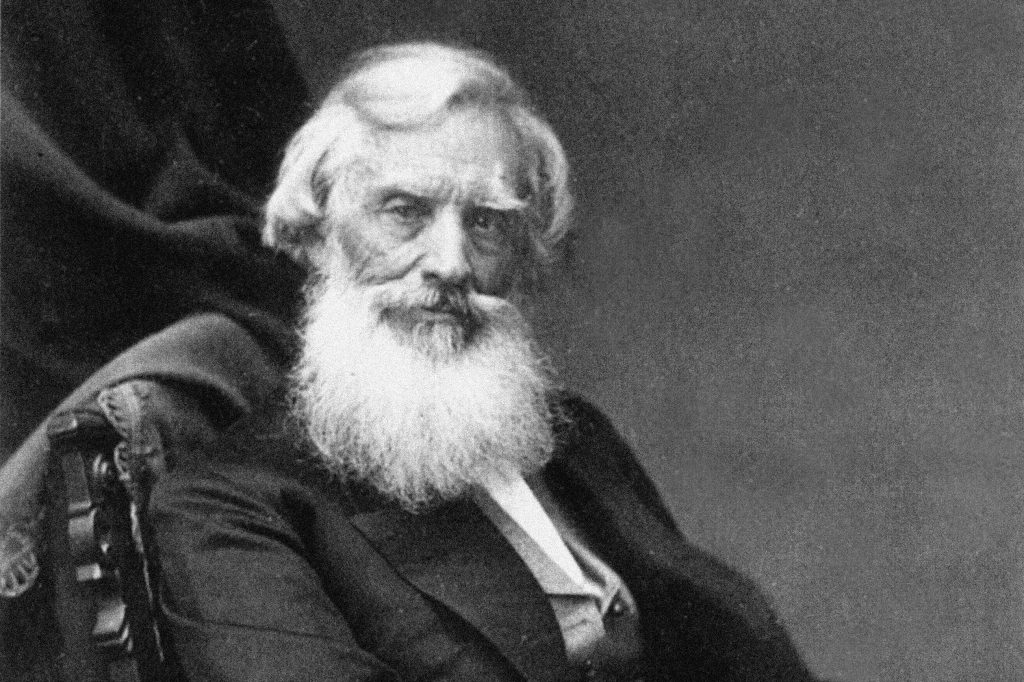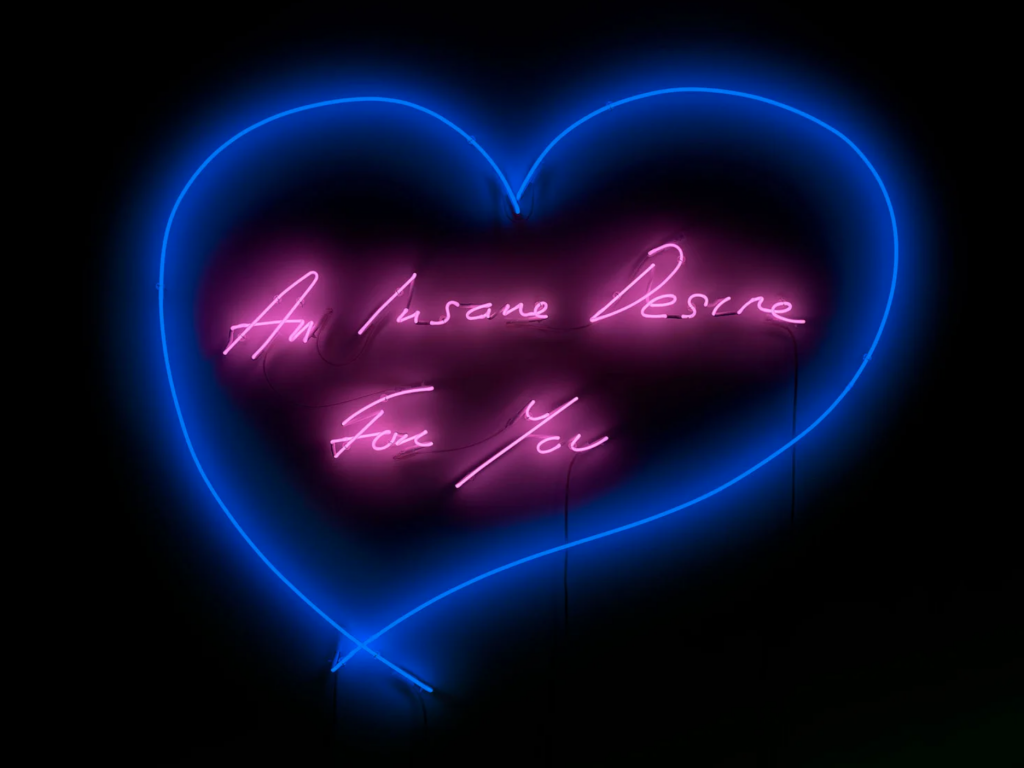“I had several notebooks full of hallucinations. Recording them helped to ease the shock and fear of the episodes. That is the origin of my pictures.”
Yayoi Kusama, 2002
Famous for her polka dots, Infinity paintings and Infinity Rooms, Japanese artist Yayoi Kusama (b. 1929) is one of the most influential characters in the contemporary art scenario to this date. It is difficult to describe her art considering it separately from her life. It is indeed her personal everyday experience that shaped her artistic genius.
Born and raised in Japan, Kusama never felt comfortable in a country which was blind and deaf when it came to facing her personal trauma. She suffered from critical mental health issues that led her to being diagnosed with obsessive compulsive disorder later in life. It was not until her arrival to New York in the 1960s that her life truly started to gain shape. In her book, Infinity Net: An Autobiography of Yayoi Kusama, she recalls the hard challenges she had to face when she first got to the States: few dollars in her pockets, no friends, and an empty room with no furniture. She was creating art all day, all night, without stopping. She was painting on canvas, on the table, on the floor, on her body. This is how Infinity Nets were born – in my opinion one of the most fascinating and introspective series created by Kusama.
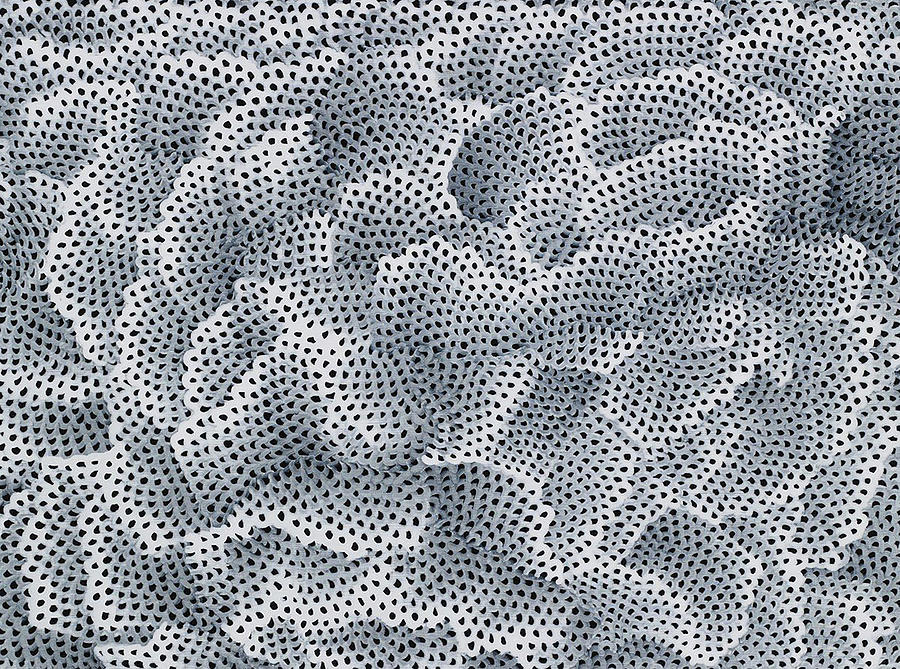
Her obsession for painting was making her lose track of time. At certain points she was forgetting to eat and even to sleep. It was as if she was absorbed into the process, she could not stop her hand from hitting the canvas. She often referred to this artistic process as self-obliteration: the painting becomes her new reality, one into which she gets lost. Her only purpose was to paint, paint, and paint again. That is how she was facing the difficult moments, how she was changing her perspective, and how she was creating her own world. Her life was not rosy, but her unique experience was also one of the reasons why her art today still speaks the language of truth. Why bother with a reality that does not conform to your purpose in life? Why not create your own from scratch? Kusama was able to look deep into herself and discover the purpose of her own existence. She did not only paint on canvas, but also on her body. A continuation, or better, an external reflection of her inner persona.
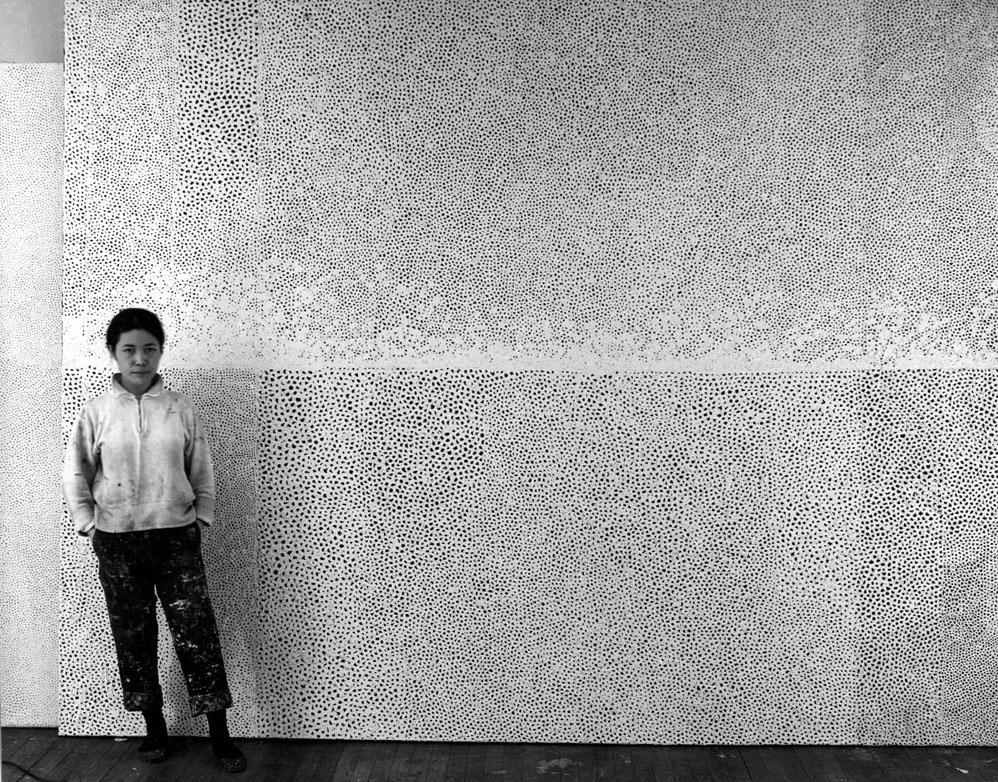
Her search towards self-realization continued with the so-called obsessional art, which included her experiments with polka dots – which later became a true distinctive artistic sign – and with phallic sculptures.
Recalling the beginning of her artistic life career, she says, and I quote:
“Artists do not usually express their own psychological complexes directly, but I do use my complexes and fears as a subject. […] I make them (paintings) and make them and keep on making them, until I bury myself in the process. I call this ‘obliteration’. […] It is an authentic art, the most authentic type of super-reality.”

In 1966 Yayoi Kusama participated in the 33rd edition of the Venice Biennale. This was a special moment in her career, as her art was blooming everywhere in New York and her name was being heard in the most influential artistic circles in the world, including her connections with the Fluxus community. It was not a surprise when Kusama’s name was added to the list of artists for that Biennale edition, although her presence was a bit contested. In fact, she did not directly receive the invitation, as the custom wanted, but she herself asked permission from the chairman and it was granted to her.
In Venice Kusama brought with her a unique installation she called Narcissus Garden. The title recalls the Ovidian myth of Echo and Narcissus, in which a young and handsome man – Narcissus – found himself looking at his own reflection in a water pond. He fell in love with the person he was seeing, to the point of falling into the water, and drowning, in an attempt to get closer. The dramatic end, however, does not concern Kusama’s piece. She rather wanted to highlight the act of self-love: by looking directly into the mirror balls one sees their own reflection, and it is by looking at your appearance that you open the doors to your inner person.
The environmental installation consisted of 1500 pieces of plastic mirror balls covering a section of the ground close to the Italian Pavilion. The artist decided to be present and stood among the mirrors wearing a golden kimono. In her installation-performance piece she was selling each mirror ball for $2, as a parody of the commercialization of art world. The performance shocked the authorities which prevented her from selling them any more. Despite the issues, the installation was kept open. Approximately 20 years later, in 1993 Yayoi Kusama was officially asked to represent Japan in the 45th Venice Biennale, with a retrospective comprising many of her net paintings, soft sculptures and more recent work. The masterpiece of the exhibition was the installation-piece Mirror Room (Pumpkin), 1991. This time she was invited without having to ask for permission.

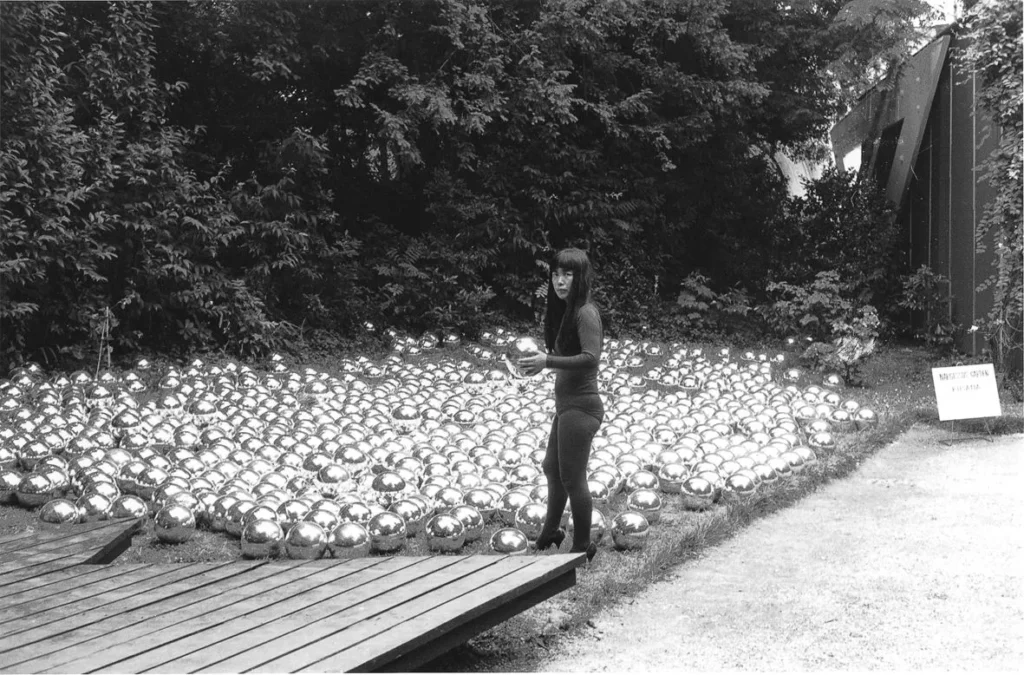
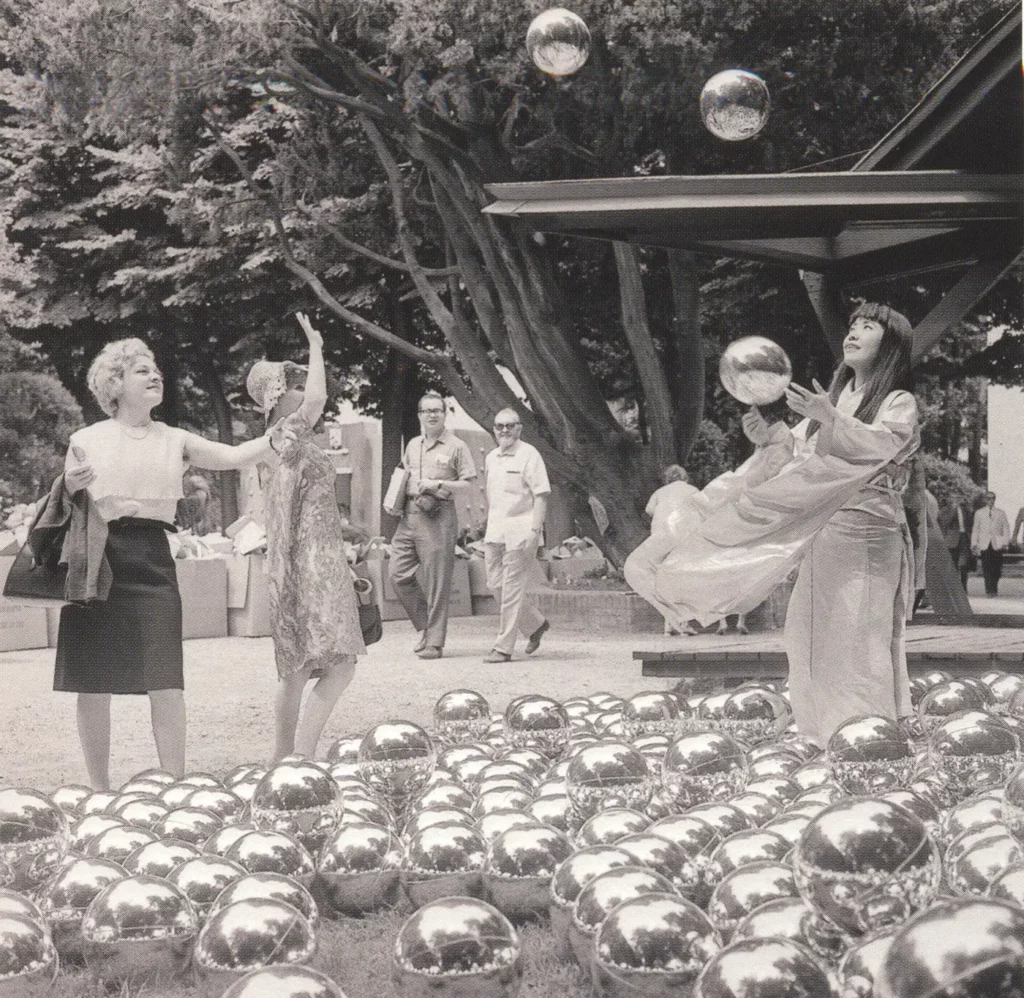
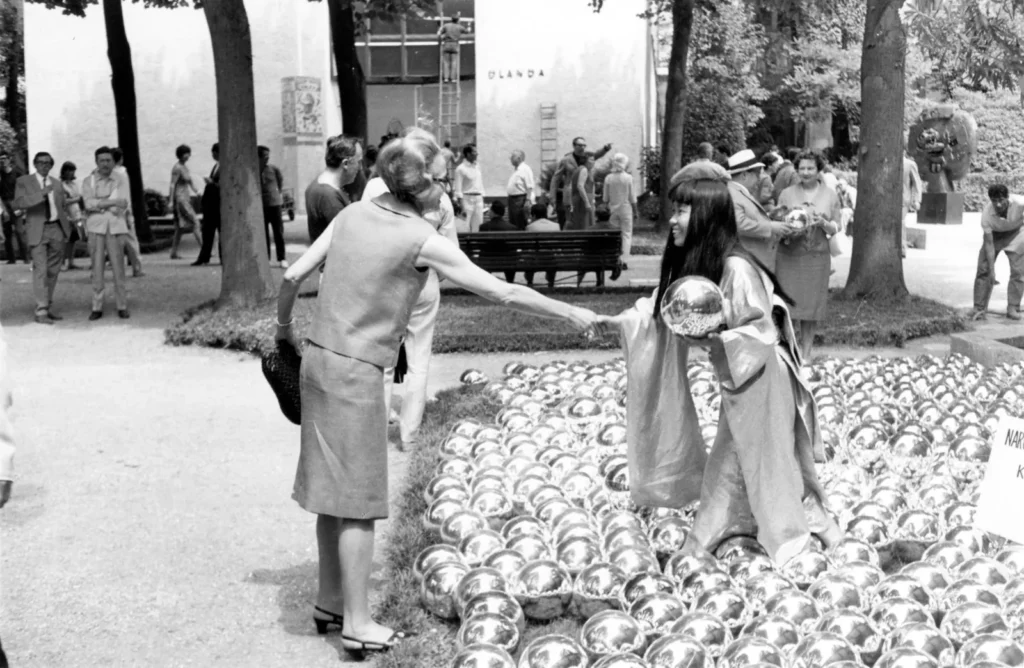
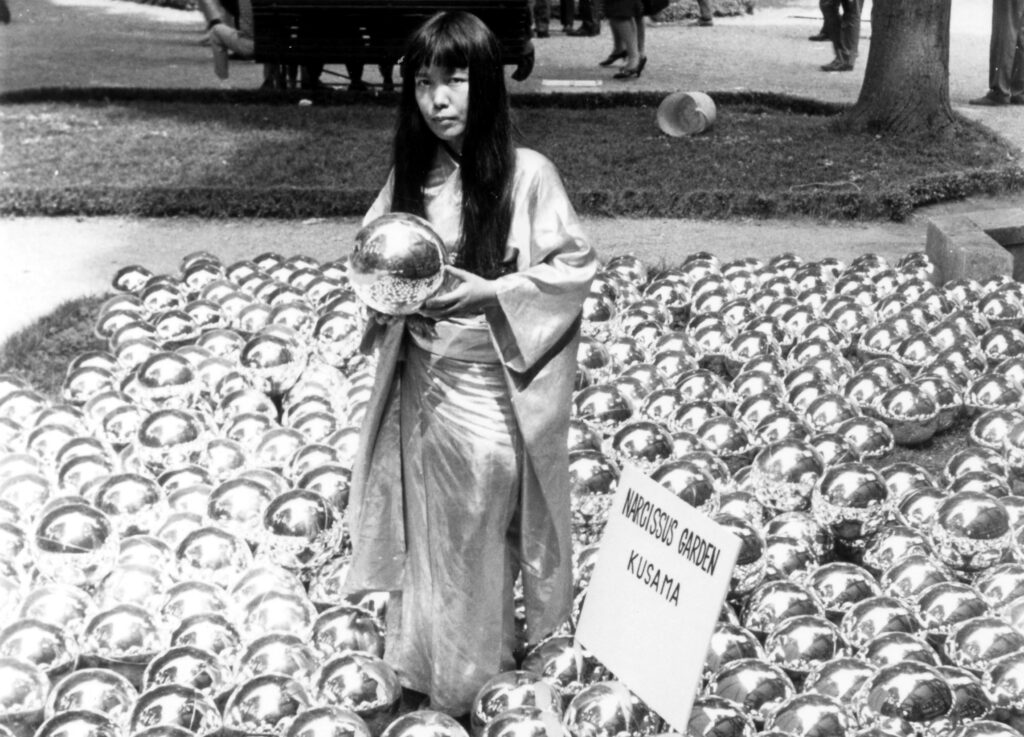
Although with multiple reenactments, the Venetian Narcissus Garden remains the most impactful version of the installation at this date. The reason? The artist was not present the other times. An artwork can speak its truth on its own, but sometimes artists can surround it with a mystic aura that only they can create.
Looking back at Yayoi’s career, one can wonder how intricate the labyrinth of her mind must be by considering the variety of her production: a world of polka dots, phallic sculptures, and Infinity Nets. She made her struggles her greatest strength: an example for us all.
Kusama was born on March 22nd, 1929. Today, she is 93 years old. She is still painting her fears and obsessions. Happy Birthday Yayoi.

